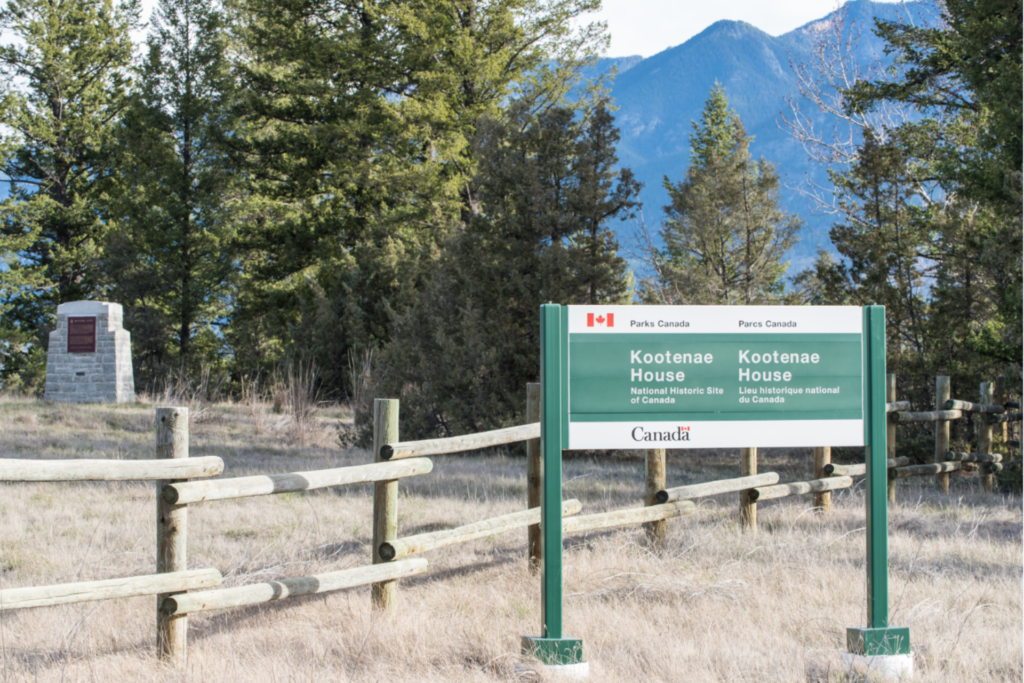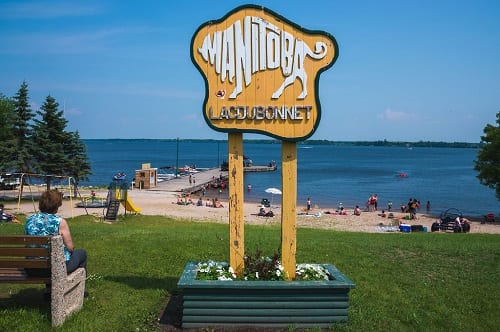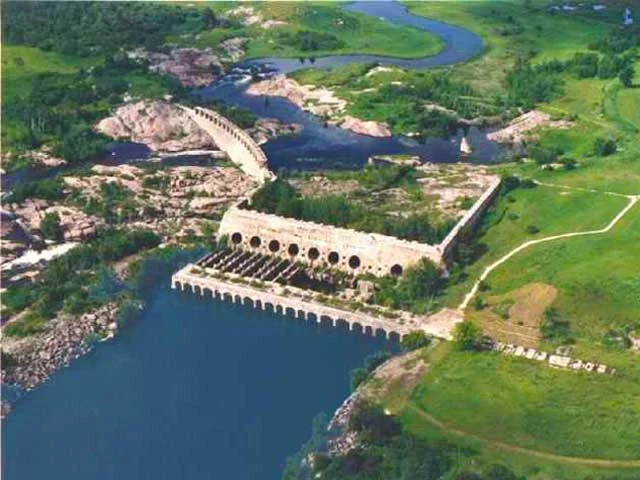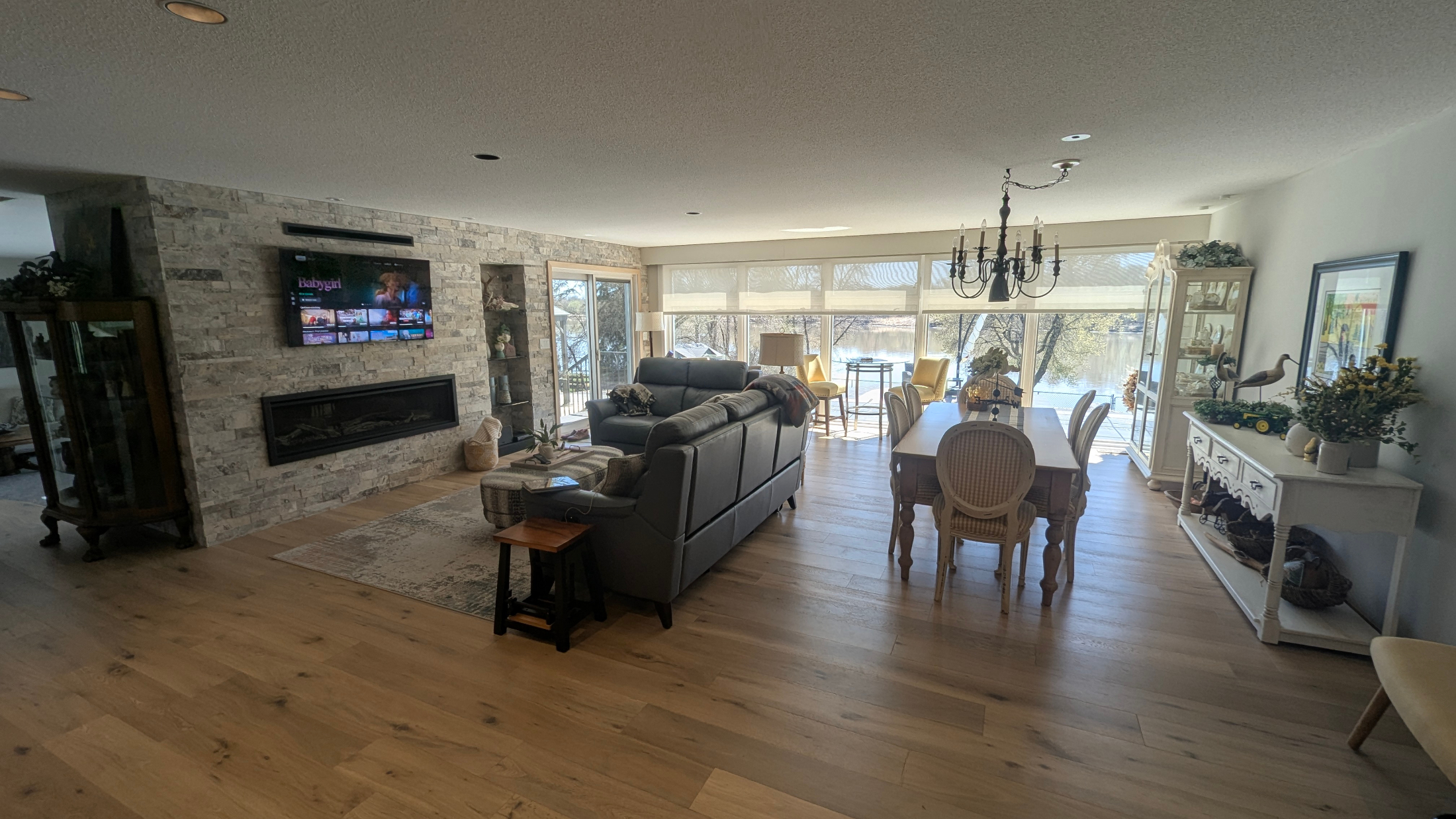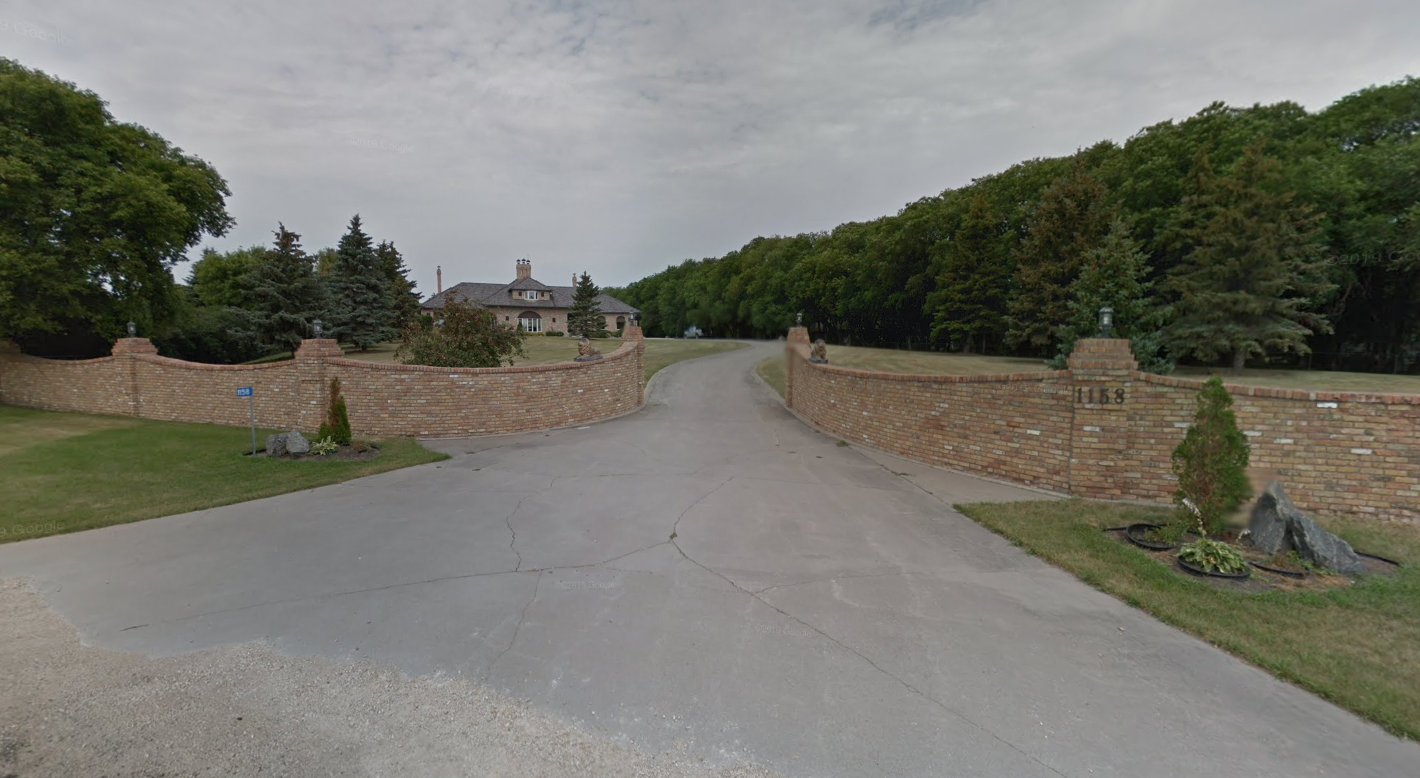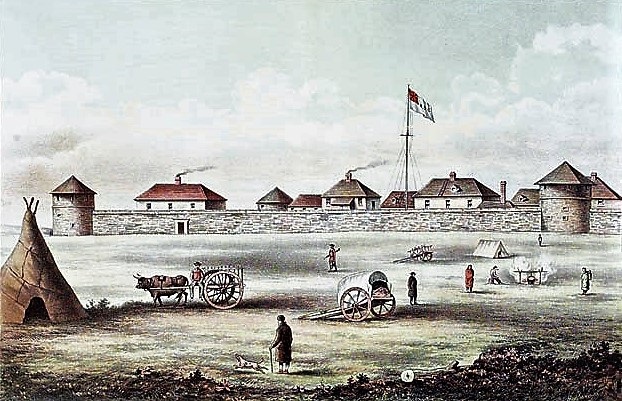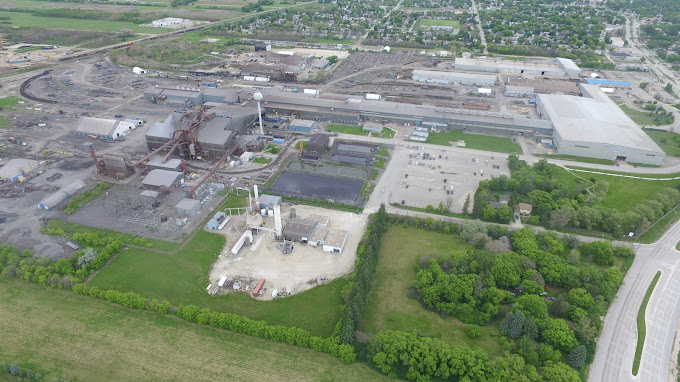**phot credit https://www.1000towns.ca/lac-du-bonnet-manitoba/
Nestled in the southeastern reaches of Manitoba, where the flat prairie gives way to the rugged beauty of the Canadian Shield, lie the interconnected areas of Lac du Bonnet and the Lee River. This region, characterized by the winding Winnipeg River, the smaller but significant Lee River, and numerous lakes and boreal forests, boasts a history deeply rooted in its abundant natural resources. From its early use by Indigenous peoples to the waves of European settlers drawn by fur, timber, minerals, and the promise of a new life, the story of Lac du Bonnet and the Lee River is one of adaptation, resilience, and a profound connection to the land and water.
Ancient Connections: Indigenous Peoples and the Waterways
Long before European eyes gazed upon the sparkling waters of Lac du Bonnet and the flowing Lee River, the Anishinaabe (Ojibwe) people had established a deep and enduring relationship with this landscape. The Winnipeg River, a major artery connecting Lake Winnipeg to the east, was a vital transportation route and a source of sustenance for generations. Archaeological evidence and oral traditions speak of encampments and seasonal settlements along its banks and the shores of the lake itself, including areas around the future sites of Lac du Bonnet and the mouth of the Lee River.
For the Anishinaabe, these waterways were integral to their way of life. The rivers and lakes teemed with fish – walleye (pickerel), northern pike, whitefish, and sturgeon – providing a crucial food source. Birchbark canoes, skillfully crafted from the abundant local trees, allowed for efficient travel and fishing. The surrounding boreal forests offered opportunities for hunting game like moose, deer, and smaller fur-bearing animals, as well as providing materials for shelter, tools, and traditional crafts.
The naming of Lac du Bonnet itself has intriguing origins, often attributed to early French explorers or fur traders. The most popular theory suggests that the widening of the Winnipeg River at this point reminded them of a "bonnet," a type of hat. While the exact individual and timing remain debated, the name appeared on fur trade maps as early as the 1760s, indicating its early recognition by Europeans navigating these waters.
The Fur Trade Era: Crossroads of Commerce and Competition
The late 18th and early 19th centuries marked the significant arrival of European influence in the Lac du Bonnet and Lee River areas, driven by the insatiable demand for furs in Europe. The Winnipeg River became a crucial highway for the rival fur trading companies, the Hudson's Bay Company (HBC) and the North West Company (NWC), as their brigades of voyageurs paddled canoes laden with trade goods westward and returning with valuable pelts.
Around 1800, the NWC established a fur trade post near Lac du Bonnet, known as "Indian Cap Fort" or simply "Cap Fort." In 1807, the HBC followed suit, sending Thomas Miller and ten men to build a competing post at Lac du Bonnet. This period saw intense competition between the two companies as they sought to establish trading relationships with the local Anishinaabe hunters. The area became a significant meeting point and a hub of economic activity, albeit one largely centered on the extraction of natural resources.
The fur trade had a profound impact on the Indigenous communities. While it introduced new goods and technologies, it also disrupted traditional ways of life, increased competition for resources, and exposed them to European diseases. However, the success of the fur trade still relied heavily on the knowledge and skills of the Anishinaabe in hunting, trapping, and navigating the waterways.
The eventual merger of the HBC and NWC in 1821 under the HBC banner brought a period of relative stability to the fur trade in the region, though the focus remained on the efficient extraction of furs for the European market. The waterways continued to be the primary means of transportation, connecting the interior trapping grounds to the major trading posts along Lake Winnipeg and beyond.
The Late 19th Century: New Demands and Emerging Industries
As the fur trade waned in its dominance, the late 19th century brought new demands and opportunities to the Lac du Bonnet and Lee River areas. The growing settlements in southern Manitoba, particularly Winnipeg, required resources like timber, fish, and eventually, hydroelectric power. This period saw the beginnings of a more diversified economy in the region.
The abundance of timber along the Winnipeg River and its tributaries attracted logging operations. While perhaps not as extensive as in other parts of Canada, the harvesting of trees for lumber and pulpwood became a seasonal activity, providing employment for some local residents and contributing to the regional economy.
Commercial fishing also gained momentum on Lake Winnipeg, with the eastern shores, including the areas near the Lee River and Lac du Bonnet, offering access to productive fishing grounds. The development of larger boats and more efficient fishing techniques allowed for increased harvests, supplying the growing demand in urban centers.
The Dawn of the 20th Century: Hydroelectric Power and Settlement
The early 20th century marked a transformative period for the Lac du Bonnet and Lee River region with the harnessing of the Winnipeg River's significant hydroelectric potential. The construction of the Pinawa Generating Station, completed in 1906 on the Pinawa Channel (a diversion of the Winnipeg River), had a profound impact on the area. Pinawa became a company town, housing the staff and their families who operated the station. This influx of workers, many of Scandinavian and English descent, added to the growing diversity of the region's population.
The promise of work and the availability of land also attracted homesteaders to the areas surrounding Lac du Bonnet and the Lee River. Diverse groups of immigrants, including Swedes, Finns, Norwegians, Ukrainians, Poles, Latvians, and French Canadians, began to settle the land, clearing forests and establishing farms. The areas known as Riverland (east of the Winnipeg River), Brookfield (south of Lac du Bonnet), Brightstone, Lowland, Red Deer, Newcombe, Lee River, Lettonia, Bird River, Landerville, Crescent Bay, and Maple Creek became home to these diverse communities, each contributing to the unique cultural mosaic of the region.
The establishment of the town of Lac du Bonnet itself was closely tied to these developments. Initially a small settlement serving the needs of the logging and early industries, the arrival of the Canadian Pacific Railway (CPR) branch line around 1901 spurred its growth. The railway facilitated the transportation of goods, resources, and people, further connecting the area to the wider world. In 1900, a post office was established, officially naming the settlement Lac du Bonnet.
The Mid-20th Century and Beyond: Growth and Diversification
The mid-20th century saw continued growth and diversification in the Lac du Bonnet and Lee River areas. The town of Lac du Bonnet officially incorporated as a village in 1948 and later became a town in 1997, solidifying its role as a service center for the surrounding region.
The natural beauty of the area, with its pristine lakes, rivers, and forests, began to attract increasing numbers of tourists and cottagers. The Winnipeg and Lee Rivers became havens for outdoor enthusiasts, drawn to fishing, boating, swimming, and the tranquility of the Canadian Shield landscape. The seasonal influx of cottagers significantly boosted the local economy, supporting businesses in the service and retail sectors.
The development of roads, including the arrival of a road along Milner Ridge in 1926, further opened up the area to tourism and facilitated travel to and from Winnipeg. The establishment of the Royal Canadian Air Force (RCAF) base in Lac du Bonnet for a period also contributed to the local economy and community.
Agriculture, while perhaps not the dominant force it was in the more western parts of Manitoba, continued to play a role in the local economy, particularly in the areas further from the Shield. Mixed farming and specialized agriculture contributed to the region's economic diversity.
The Abundance of Lac du Bonnet and Surrounding Areas:
The "abundance" of the Lac du Bonnet and Lee River region has evolved over time, shifting from primarily natural resources to encompass a broader range of assets:
Natural Resources: The Winnipeg River and its tributaries remain abundant in freshwater fish, supporting both recreational and some commercial fishing. The surrounding forests continue to offer opportunities for sustainable forestry and recreation. The numerous lakes and rivers provide clean water and scenic beauty.
Hydroelectric Power: The Winnipeg River's potential continues to be harnessed, providing a stable source of clean energy and contributing to the provincial economy.
Tourism and Recreation: The region's natural beauty is a significant draw for tourism, offering opportunities for boating, fishing, hunting, camping, hiking, and snowmobiling. The seasonal influx of cottagers represents a substantial economic benefit.
Strategic Location: Proximity to Winnipeg (approximately 1.5 hours away) provides access to a major urban center and transportation hub while offering a more tranquil and natural living environment.
Diverse Communities: The rich tapestry of cultures brought by early immigrants and the continued presence of Indigenous communities contribute to a vibrant and unique social fabric.
Quality of Life: The pristine environment, access to outdoor recreation, and a slower pace of life attract permanent residents, particularly retirees seeking a peaceful and beautiful setting.
Developing Economy: While historically reliant on resource extraction, the economy is diversifying with growth in tourism, services, and small businesses catering to both residents and visitors.
The history of Lac du Bonnet and the Lee River is a compelling narrative of human interaction with a rich and varied landscape. From the ancient presence of the Anishinaabe who thrived on the abundance of the waterways and forests, to the arrival of European fur traders, the harnessing of hydroelectric power, and the influx of diverse settlers seeking new opportunities, the region has continually adapted and evolved. Today, the "abundance" of Lac du Bonnet and its surrounding areas lies not just in its natural resources but also in its scenic beauty, its diverse and resilient communities, and its growing potential as a desirable place to live, work, and recreate in the heart of Manitoba's Canadian Shield. The interconnectedness of the rivers, the rugged landscape, and the spirit of its people have woven a history that continues to shape the unique character of this captivating region.
